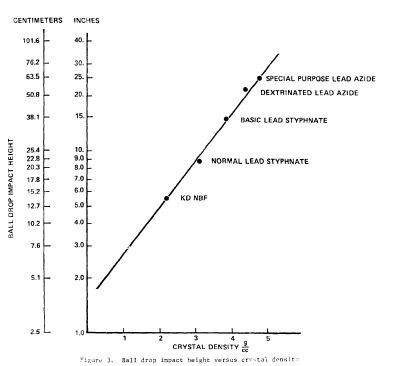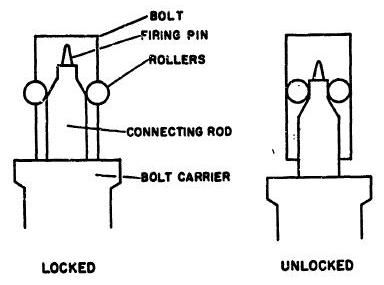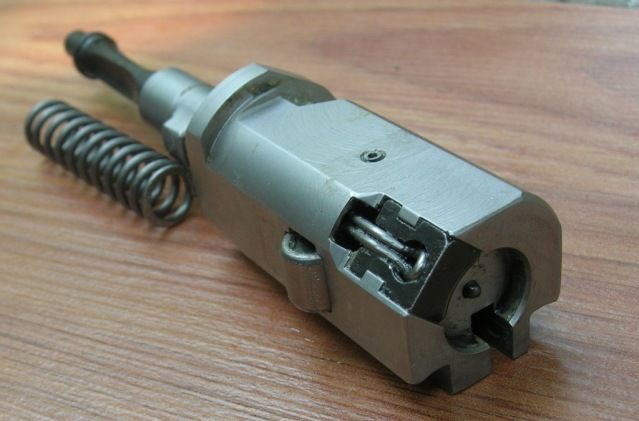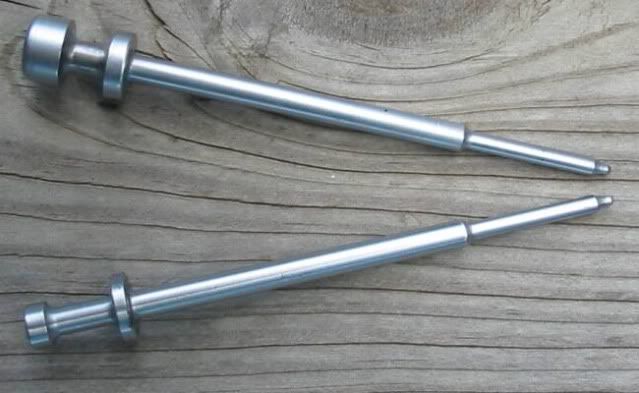re:
Not denying that, but...assuming a to-spec length firing pin and a decent spring in a 1911...have you ever seen one allow contact with a primer? Again...if the risk of slam-fire in a pre-Series 80 1911 pistol was all that likely...we'd have it happening all the time.
But we don't.
As for the reported slam-fires with the Garand/M14 design, I have to wonder. We hear of accidental shootings among police officers...with and without injury...being "explained" away as a weapon malfunction when it was actually operator error.
As I mentioned earlier, I'm sort of a mad scientist. When I hear of things like this...if it doesn't seem to make sense...I don't automatically take anybody's word for it. I work to try and duplicate it, and I work hard at it...even stacking the deck to give it the best chance. I once tried to get a 1911 to slam fire without the hammer tripping by removing the FP spring and extractor...loading a round into the chamber...and releasing the slide with the slidestop. After about 50 strikes, I gave up. It never happened.
So, how many of these things that are reported as slam-fire malfunctions are actually CYA for the brass?
I have to wonder.
Anytime there is incidental contact between a firing pin and a primer there is the chance of ignition. It is rare, but it happens.
Not denying that, but...assuming a to-spec length firing pin and a decent spring in a 1911...have you ever seen one allow contact with a primer? Again...if the risk of slam-fire in a pre-Series 80 1911 pistol was all that likely...we'd have it happening all the time.
But we don't.
As for the reported slam-fires with the Garand/M14 design, I have to wonder. We hear of accidental shootings among police officers...with and without injury...being "explained" away as a weapon malfunction when it was actually operator error.
As I mentioned earlier, I'm sort of a mad scientist. When I hear of things like this...if it doesn't seem to make sense...I don't automatically take anybody's word for it. I work to try and duplicate it, and I work hard at it...even stacking the deck to give it the best chance. I once tried to get a 1911 to slam fire without the hammer tripping by removing the FP spring and extractor...loading a round into the chamber...and releasing the slide with the slidestop. After about 50 strikes, I gave up. It never happened.
So, how many of these things that are reported as slam-fire malfunctions are actually CYA for the brass?
I have to wonder.




